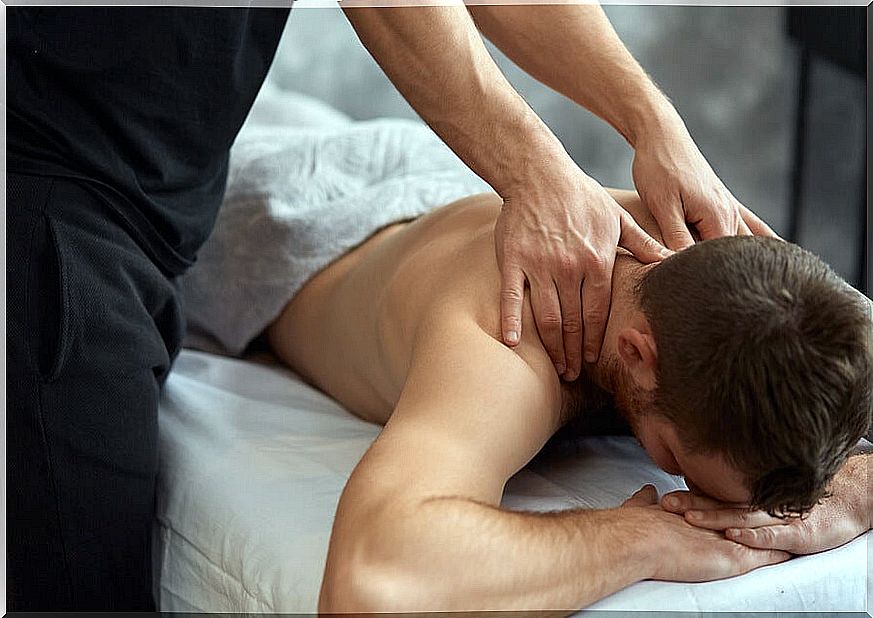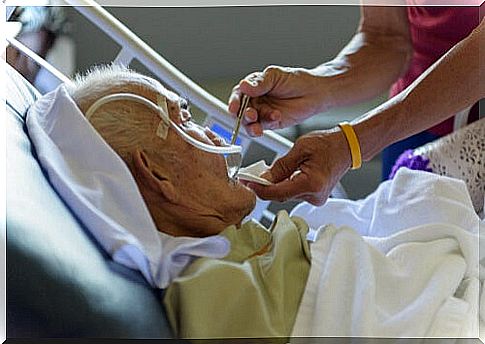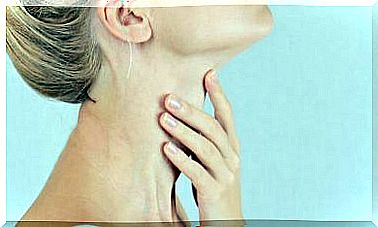The Basic Anatomical Positions
The anatomical position is the position that our body presents and is used as a reference to describe the site or direction of the parts or organs that form it. That is, anatomical positions are used by healthcare personnel to describe our body and its structures.
The so-called standard anatomical position is one in which the person is standing upright and with a straight head. The arms are on both sides of the body, extended, and the palms of the hands face upwards.
In addition to this, there are numerous anatomical positions that are used depending on what you want to study. The basic ones are three: supine decubitus, prone decubitus and lateral decubitus. In this article we explain it to you.
Basic anatomical positions
As we have mentioned, the basic anatomical positions are three. We will start by talking about the supine position. In this position, the person is lying on his back, on his back. The arms are extended alongside the body and the legs are also extended and together.
This position is the one that is considered the most natural and also the most used. It allows examining the abdomen, thorax, face, and so on. In addition, it is a safe position for most postoperative procedures, since if the head is placed on one side, it avoids the risk of aspiration in case of vomiting.
Prone position

It is another of the basic anatomical positions, very similar to the previous one. However, in this, the patient is lying face down, lying on his abdomen. The legs are together and straight, but the arms can be bent to the side of the head or straight.
This position allows you to examine the back or, in the case of physiotherapists, perform a massage. It is sometimes used to observe the anus. It is also used after a surgery that has been performed on the dorsal part of the body.
Lateral decubitus
The lateral decubitus consists of the person lying on one of their sides. Therefore, there are actually two: left and right lateral decubitus. The back is kept straight and aligned with the head and neck.
The arm that is below is extended while the one that is free above may be flexed. The knees should be bent, placing the one that is free a little more forward than the other.
These anatomical positions are used constantly, as they help to mobilize the patient and prevent complications such as pressure ulcers. They also allow you to apply enemas, change bed sheets and even perform massages.
Other anatomical positions
The truth is that, in addition to the basic anatomical positions that we have explained, there are many others that are used depending on the objective you want to achieve.
An example is Fowler’s position. In this position the patient is partially seated on the bed. Ideally, the head of the bed should be reclined at about 45º. It is widely used in hospitals so that the patient can eat, read or be better explored.

The gynecological position is another of the best known. It is used primarily to examine the female genital tract, although it is also used for catheterization of the bladder, among other things. The patient is placed on his back, with his legs bent and spread out on the bed.
The spinal position is very similar to the lateral decubitus position. However, in this position the patient stands on the edge of the bed, with both knees bent and the body slightly forward. It is used to perform a lumbar puncture.
Conclution
What we must remember is that there are numerous anatomical positions and that all of them are used by healthcare personnel in order to better access the parts of our body or to be able to examine ourselves correctly.








